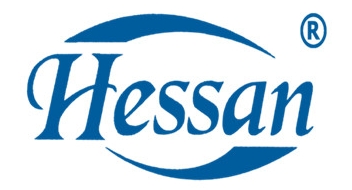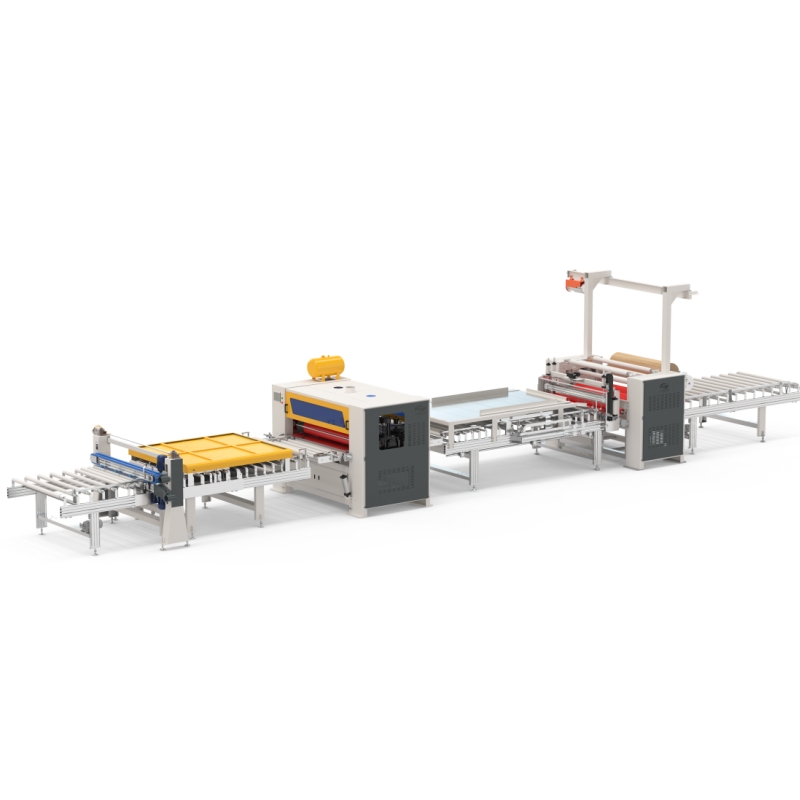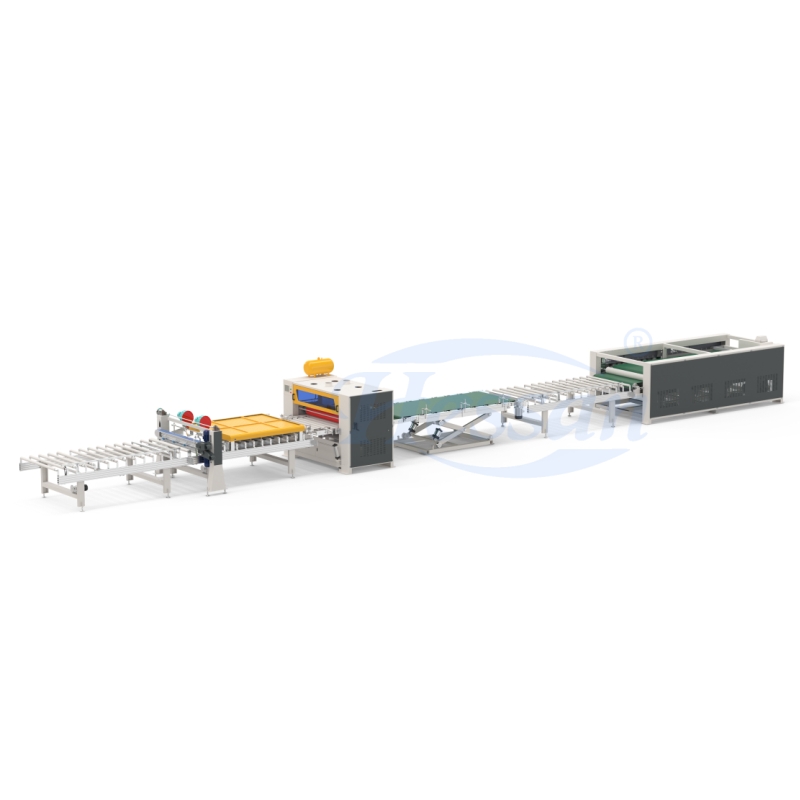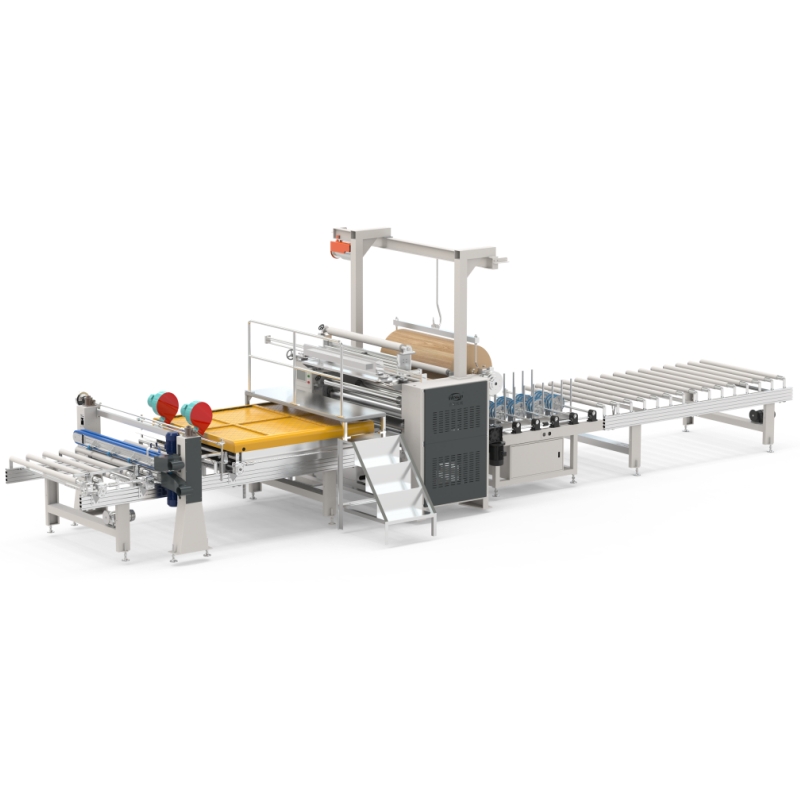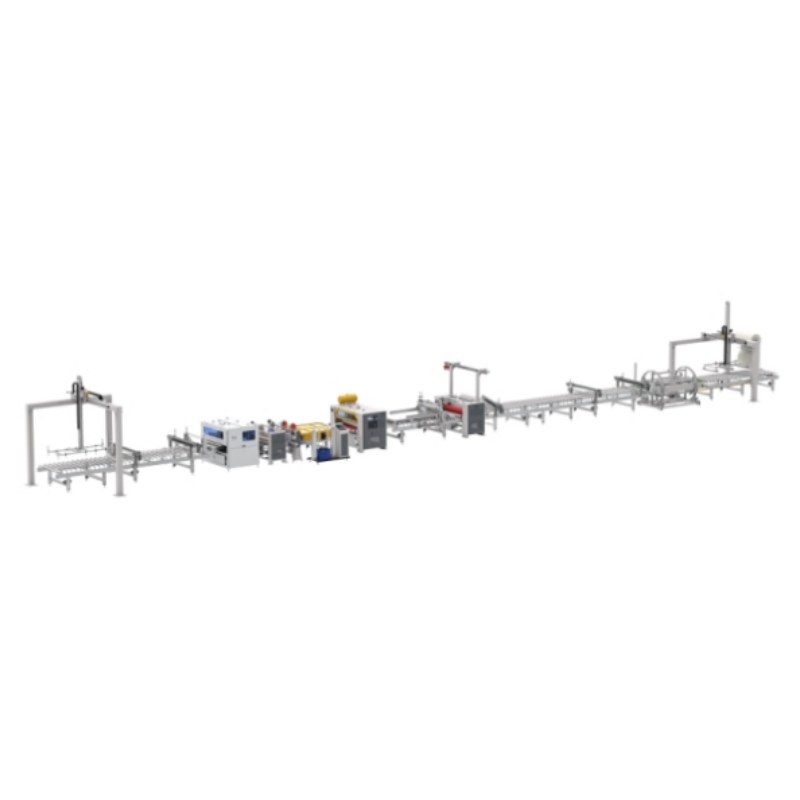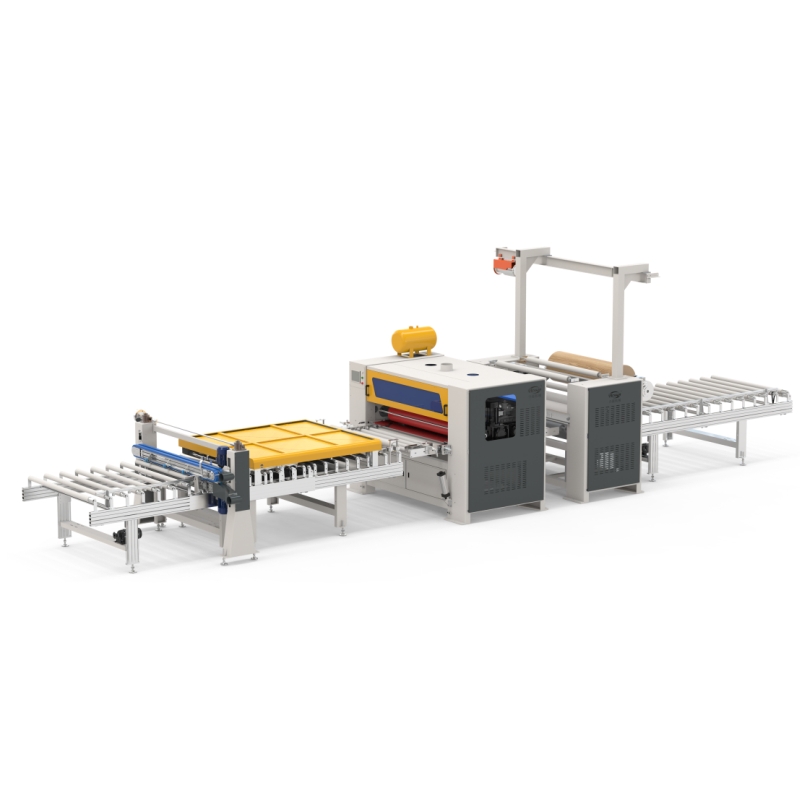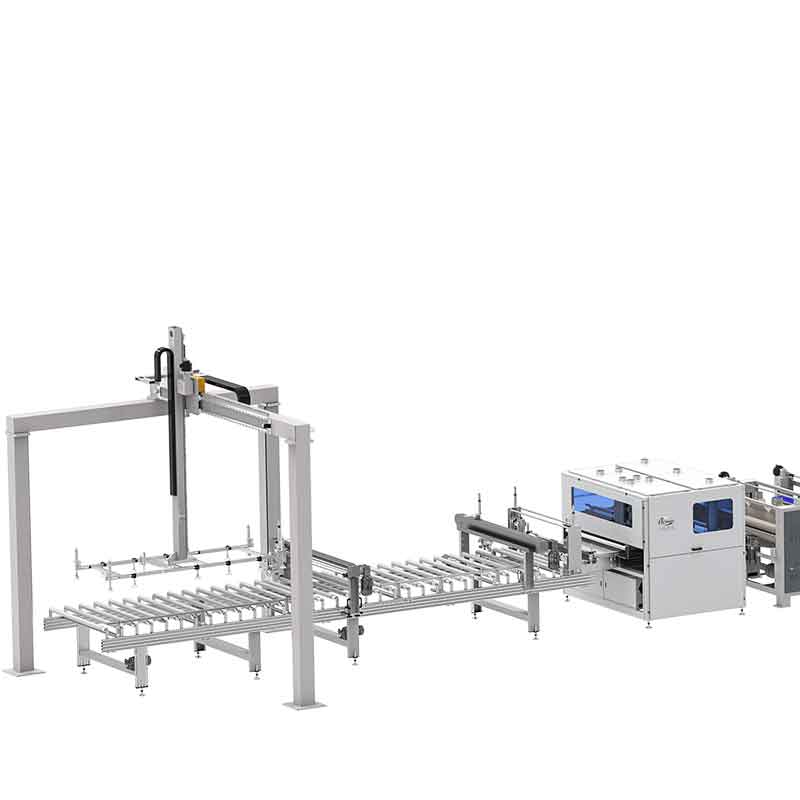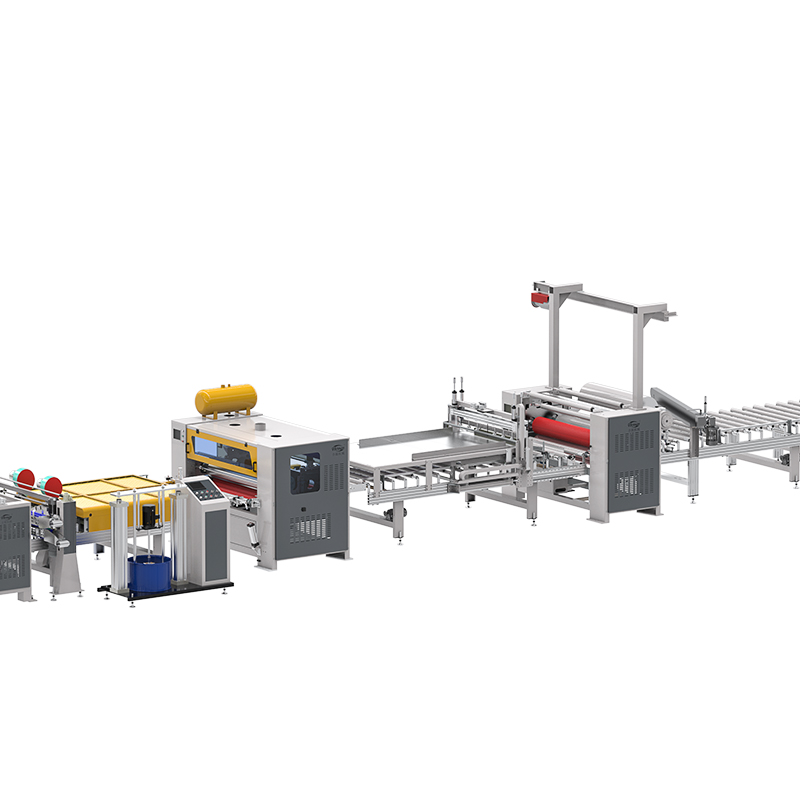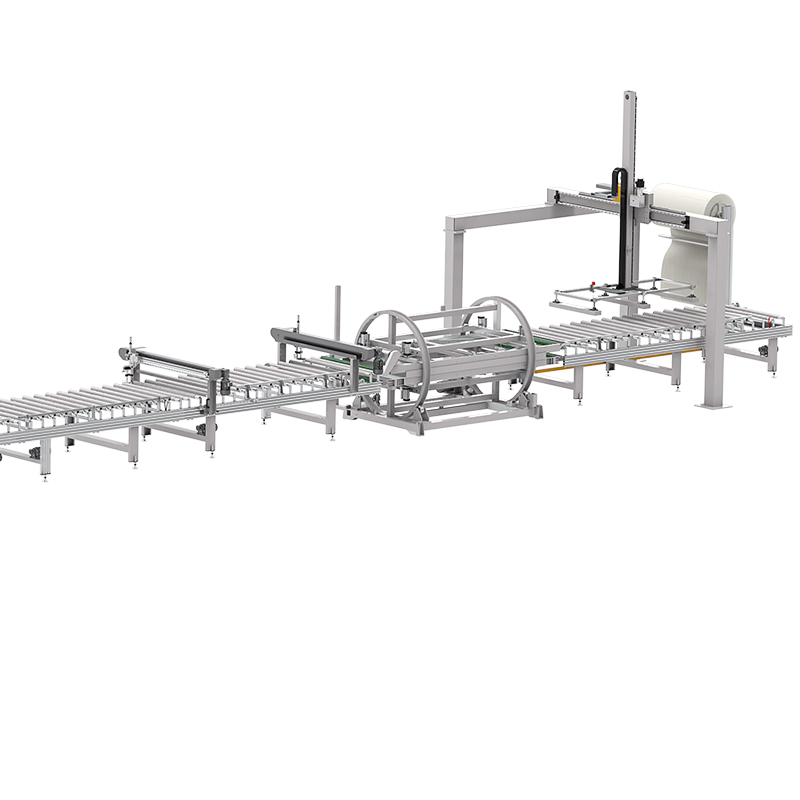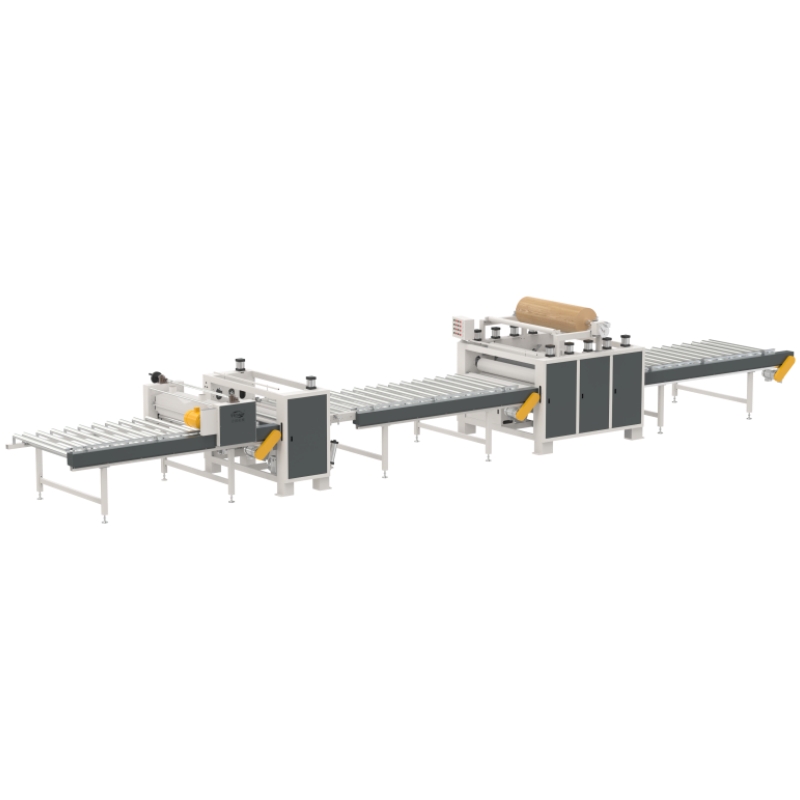The full name and meaning of CPL
Full English name: Continuous Pressure Laminate
What is CPL?

CPL is a decorative laminated material manufactured through a continuous production process. It is a kind of
roll material and has the following characteristics:
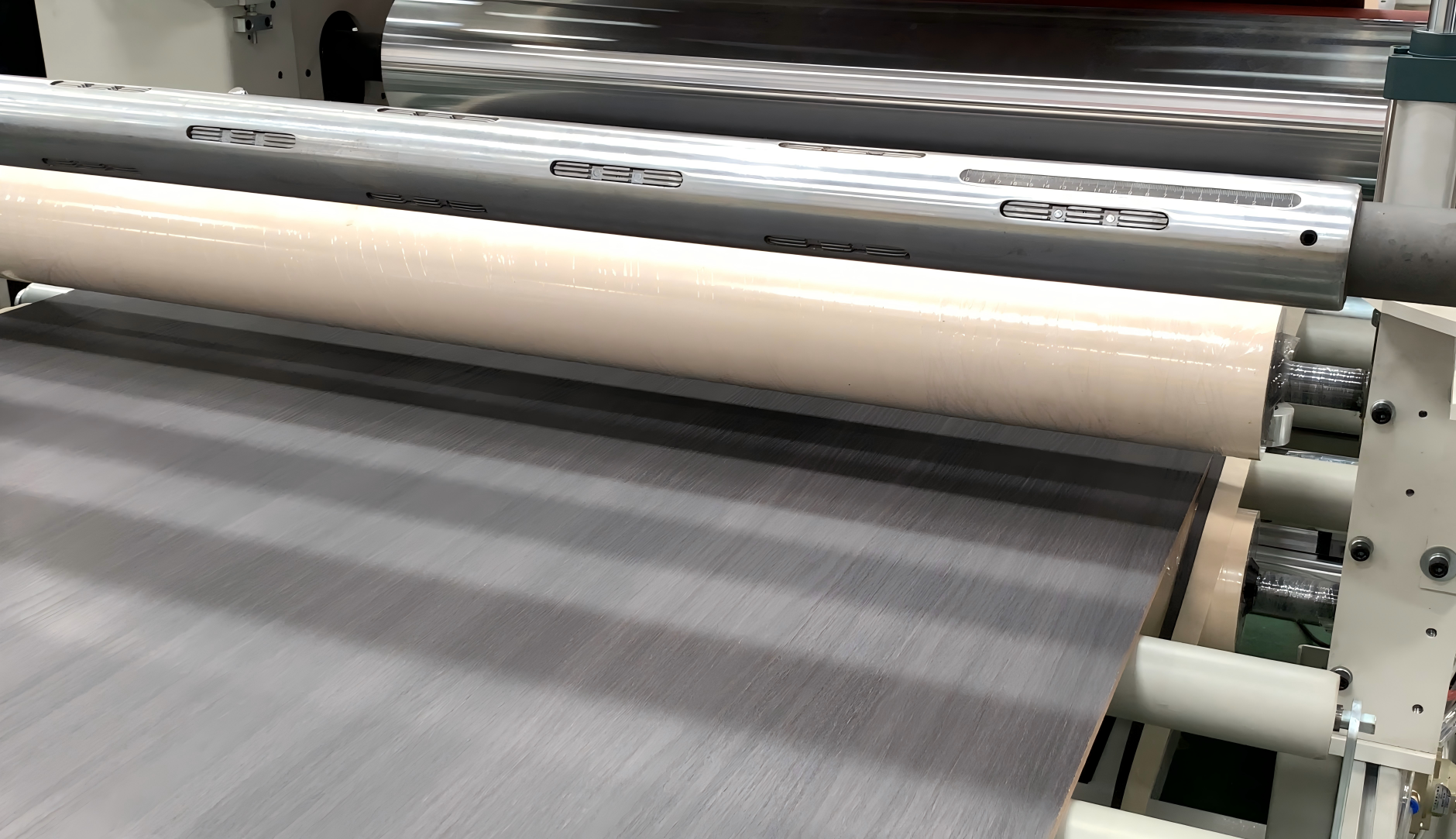

Production process: Its manufacturing process is similar to papermaking. After impregnating decorative paper
and melamine resin, it is pressed and cured through a continuously operating high-temperature and high-pressure
drum to form a continuous roll-shaped material. This is different from the single-piece pressed HPL (high-pressure
decorative board).
Physical properties: Generally, it is relatively thin (about 0.15-0.6 millimeters), soft in texture and can be rolled up.
Main use: Mainly used for covering. It is adhered to the edge or surface of the base material (such as particleboard,
medium-density fiberboard MDF), and is widely used in the edge banding of cabinets, wardrobes, office furniture
and the decorative surface of door panels.
The differences between CPL, HPL and PVC films
For a better understanding, it can be compared with common materials:
| Characteristics | CPL (Continuous Pressure Laminate) | HPL (High Pressure Laminate) | PVC Film (Polyvinyl Chloride Film) |
| Form | Roll Material | Hard Sheet Material | Roll Material |
| Flexibility | Good, bendable | rigid, non-bendable | Excellent, very soft |
| Main applications | edge banding, interior door panels | horizontal countertops, counters, surfaces requiring high wear resistance | soft furniture, light-load surfaces |
A Brief Summary
CPL can be regarded as the thin sheet version of HPL. It inherits the excellent wear resistance, scratch resistance
and chemical corrosion resistance of HPL, but presents it in a more flexible form, making it highly suitable for
modern automated edge banding and coating production lines.
Compared with PVC film, CPL usually has higher hardness and wear resistance because it contains paper and
thermosetting resin, while PVC is a thermoplastic
